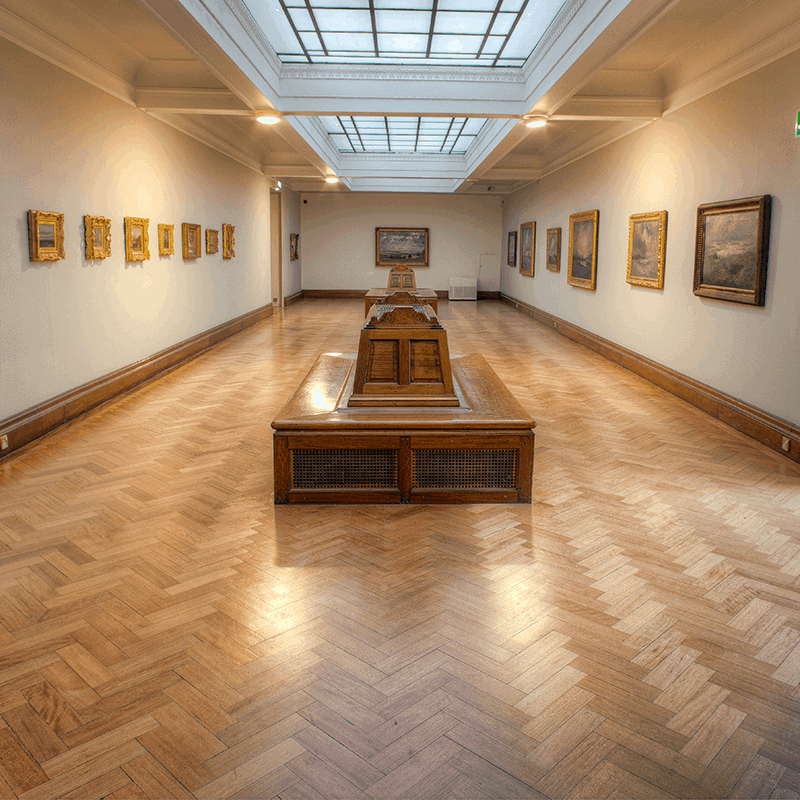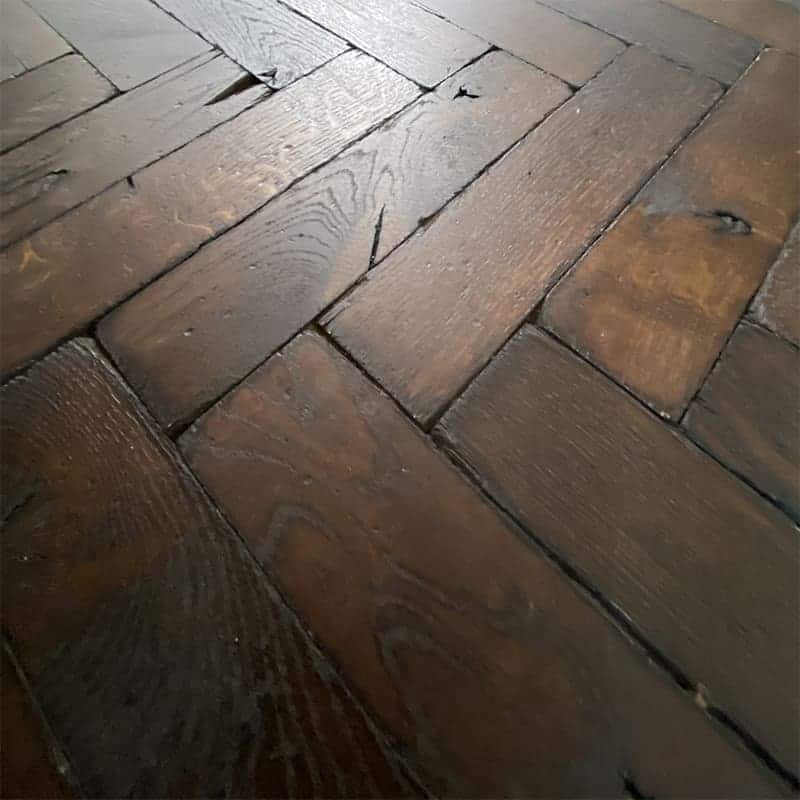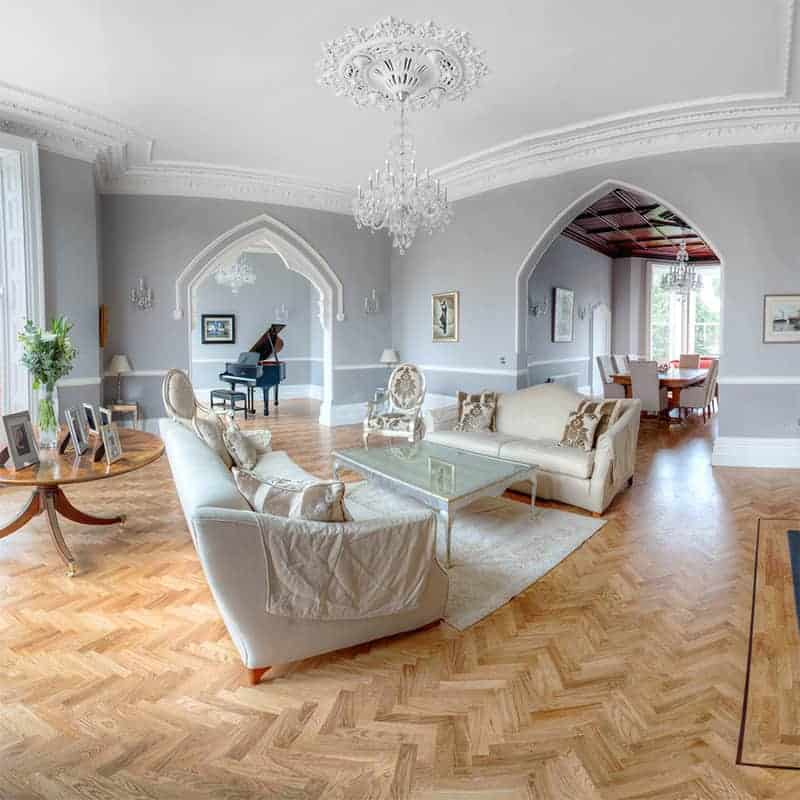Something that I always notice when I have installed parquet flooring, is when a person walks into the room, they are instantly impressed with the parquet flooring and how their eyes light up as the colouring and the polish takes place. Today there is a wide variety of parquet flooring available in many colours, sizes, and species. MM Parquet & Carpentry have a colour range of 20 tones to choose from and 4 types of textures and finishes when it comes to selecting your parquet flooring . The colours range from the white oiled parquet flooring to the dark black wenge parquet flooring. The amazing textures available in parquet flooring are sawn or hand scraped finish. Parquet flooring can come in a wide range of dimensions and thickness starting at the solid traditional which is available in 16mm depth to a 22m depth and are available in various widths and lengths. In this blog I will discuss the build up to preparing your parquet flooring and the work that is involved in installing the different types of subfloors and to talk about some of the parquet flooring that have been installed by MM Parquet & Carpentry Ltd.
The most important thing you need to know before installing parquet flooring is to be able to access your subfloors. Your subfloors come in two basic categories: raised joist floor or solid concrete floors. To find out what your subfloors are you will need to remove any existing flooring that might be there like carpets , tiles, or laminate flooring. The first item with a timber subfloor is to walk the area, where your parquet flooring is installed and look for loose floorboards and check for squeaks and movement. You can see examples on our completed projects page.
The main reason for this is to make sure you have a good surface to bond with the parquet flooring. The next step to take is to check for levelling, most timber or concrete subfloors are not level, and the main concern is to have it as smooth and flat as possible over an area of 8-10 ft. If you apply this rule your parquet flooring will be fine especially if they are not level . The best method if you don’t have a laser level is to use a straight edge plank, this way is the most cost effective and anyone can apply this format to check your subfloors are level enough to take a parquet flooring block.
The basic rule to follow is to make sure there are no dips and humps over an 8-10ft area as if these are left it can cause a seesaw effect when fitting your parquet flooring and this is something to be avoided at all costs.
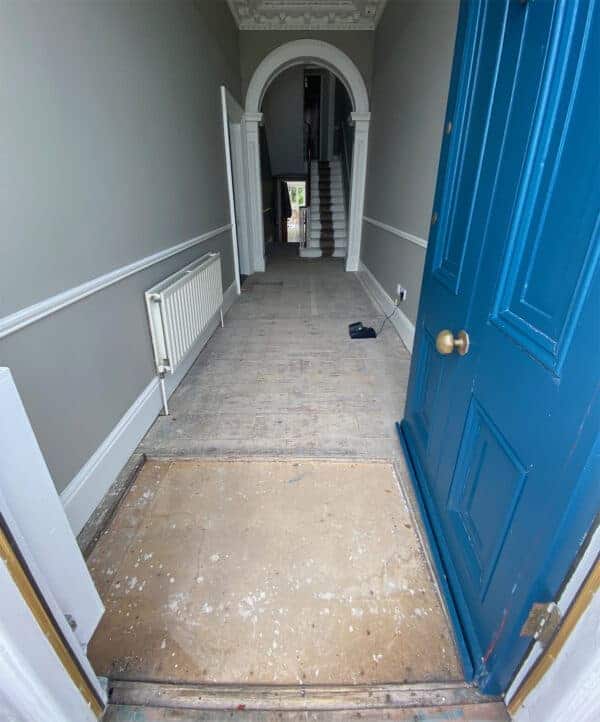
One common problem with subfloors is squeaking or movement and you have tried all options for nailing and screwing boards, most of the time it is better to remove the original floorboards and replace them with plywood. This will allow you to have access and see if there are any issues with the joisting system below and 9 times out of ten it can be easily fixed and should be done by someone who knows what they are doing so you can get the right base in, for your new parquet flooring. Another way around having an unlevel subfloor is to use levelling compounds or good quality screeds. These are very easy to work with, but it is important to use products that are flexible and can be used with the adhesive that you are using for your parquet flooring. If you were to use normal levelling compounds on a timber, the natural vibrations of the flooring will cause your compounds to break and crack under pressure and therefore your parquet flooring would not be able to hold on to its bond to your subfloors.
Another possible problem is creeks and cracking sounds that come from the acclimatisation of all timber joist subfloors. Most of the time this is just from the timber loosening up and rubbing off one another and when pressure is applied from walking on them, they can sound worse than they really are. This can be put right with a simple walk around the area that is required to take the parquet flooring and with some screws and nails you should be able to reduce or remove completely the creaking noise. Also, you should consider that when you start fitting your parquet flooring the correct system for fitting parquet flooring is to bond directly to your subfloors with adhesive. Once you have used a good adhesive to bond your parquet flooring the two floors will become one over a period of a few days and this in turn will make your whole floor area stronger. Any small issue that would have been left with squeaks and creaks will eventually reduce and your parquet flooring will be more soundproof once all the bonding has taken place.
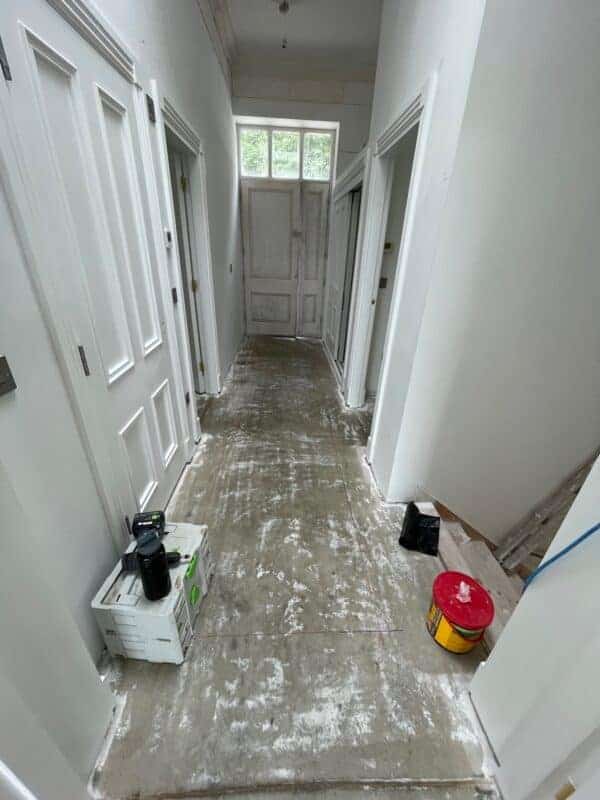
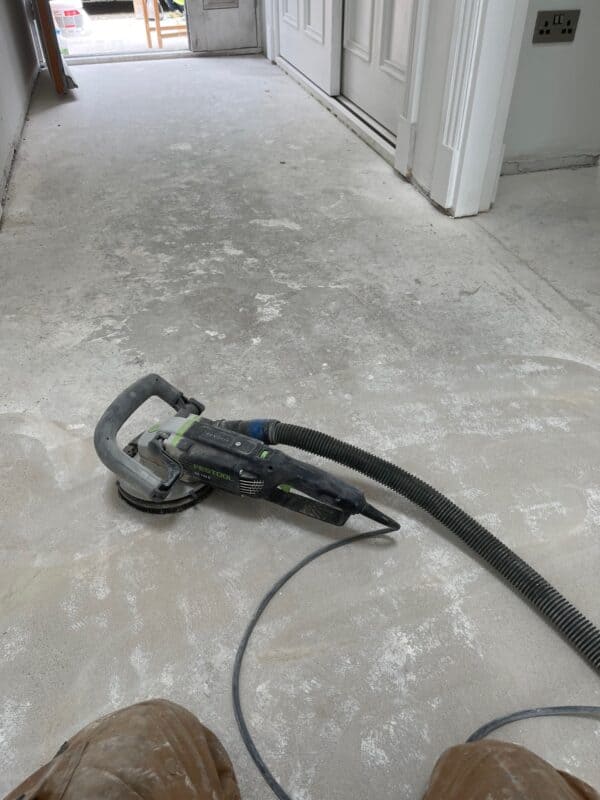
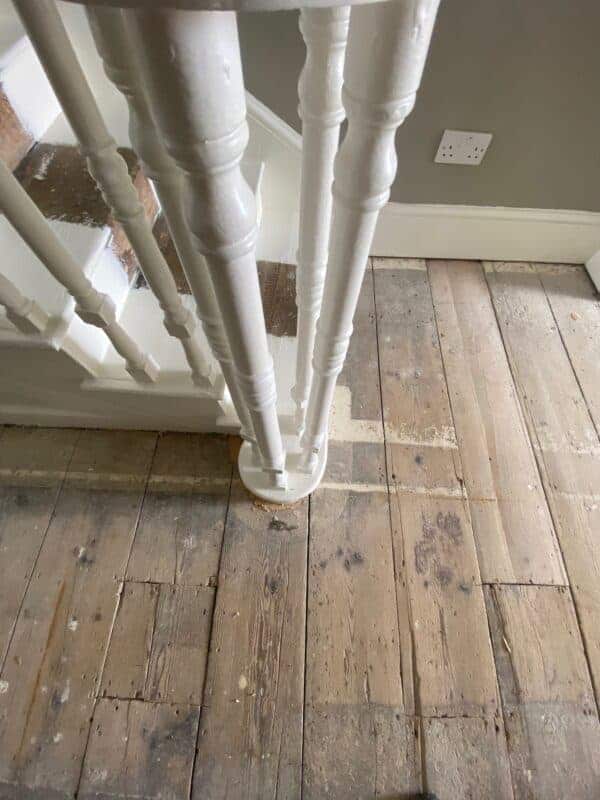
Parquet Flooring Options
MM Parquet & Carpentry Ltd can supply and fit the full range of traditional parquet flooring, tumbled parquet flooring and reclaimed parquet flooring, please click here for more examples of parquet flooring.
